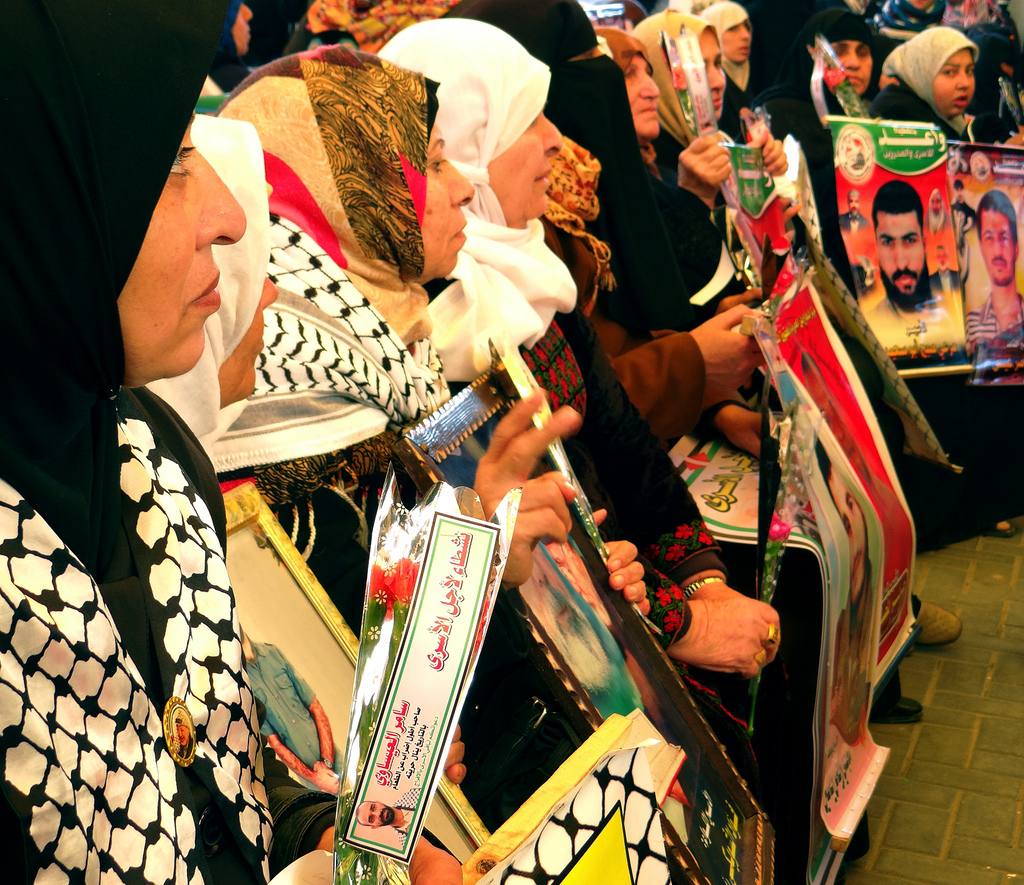Category: Photo Story
-
Video and photos: Israeli forces injure 17 in popular resistance east of Gaza
17th February 2014 | International Solidarity Movement, Charlie Andreasson | Gaza, Occupied Palestine An estimated 400 – 500 people, most in their late teens, gathered at the hillside east of Jabaliya for the recurrent demonstration against the occupation. There was no organizer, leader or banners, and the demonstration was largely chaotic. Stones were thrown, mostly from quite…
-
Photos and video: Israeli forces’ gunfire blocks Palestinian farmland in Gaza
22nd January 2014 | Resistenza Quotidiana, Sil | Gaza, Occupied Palestine Since the Zionist occupation forces’ bulldozers had destroyed part of Khaled Qudaih’s field in Khuza’a, east of Khan Younis, he and his family went out to sow it again. The military responded with about half an hour of gunfire, threatening to strike Qudaih directly if he had not…
-
Photos: Palestinians rally for prisoners in Gaza as Samer Issawi freed in Jerusalem
27th December 2013 | International Solidarity Movement, Marco Varasio | Gaza, Occupied Palestine On 23rd December, like every Monday morning, relatives and friends of the Palestinian prisoners in Israeli jails gathered at the International Committee of the Red Cross’ Gaza office for the weekly rally. But people at the rally had another reason to gather:…



